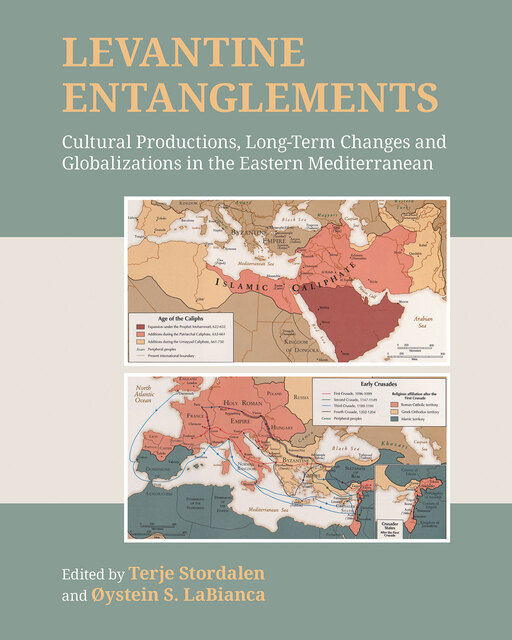Stordalen/Levantine, 6. Heshbon in the Biblical Record

Full description
This essay takes for granted that biblical texts should be seen as historical sources not for the events that are remembered but for the remembering of these events. That is: biblical texts are sources of collective remembering. Such remembering, of course, was also set in history—it had a genealogy and a history of reception. I analyze the memory of Heshbon in biblical literature in three distinct dimensions: a) a mapping of the memories of Heshbon enshrined in biblical passages, b) a reflection on the history of these memories, and c) a consideration of the history of the place Heshbon. Due to the nature of the material, my discussion will shift back and forth between these dimensions, focusing more on the first two. As a fourth dimension, I take into account that biblical memories became canonical and so they are also part of current collective remembering (cf. the reflection on canonical ecologies in chapter 11). As will become clear, the biblical canonical process harmonized the perception of memories of Heshbon in the nascent biblical collection, and modern reception (in biblical studies and archaeology) drastically expanded upon such harmonization—indeed to the effect of making parts of the memory of Heshbon enshrined in biblical passages virtually mute and forgotten.
- typeImage
- created on
- file formatjpeg
- file size273 KB
- container titleLevantine Entanglements: Cultural Productions, Long-Term Changes and Globalizations in the Eastern Mediterranean
- creatorTerje Stordalen
- isbn9781781799130 (eBook)
- publisherEquinox Publishing Ltd.
- publisher placeSheffield, United Kingdom
- rights holderEquinox Publishing Ltd.
- doi
We use cookies to analyze our traffic. Please decide if you are willing to accept cookies from our website. You can change this setting anytime in Privacy Settings.
